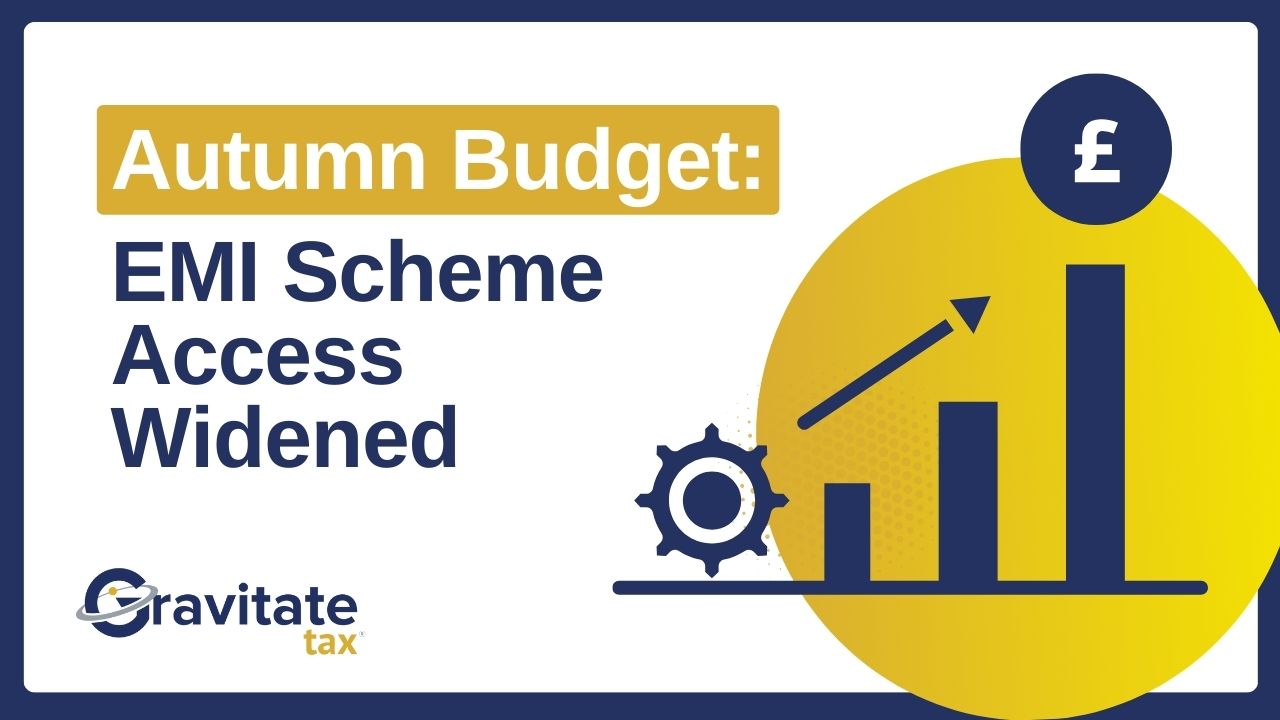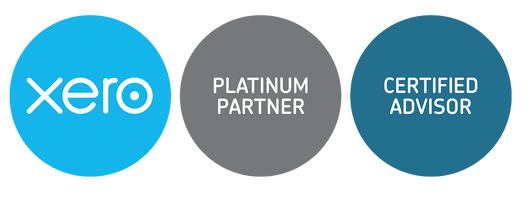Building your business requires a strong foundation, and funding often plays a key role.
Loans and various other lines of credit can provide the capital you need, but they come with a price tag.
Understanding the cost of debt is crucial before taking on any financing, as it impacts your profitability and future growth.
This guide explores:
- What the cost of debt is and why it matters
- How to calculate your cost of debt
- Factors that influence interest rates and fees
- What to do next
What is the Cost of Debt?
The cost of debt refers to the overall expense of borrowing money. This includes interest rates, closing costs, fees, and the repayment timeline.
Why does the Cost of Debt matter?
For small businesses, every penny counts. Debt can provide critical funding for growth, but it also impacts your profit margins and free cash flow. Analysing the cost of debt helps you make informed financial decisions.
Understanding the cost allows you to:
- Model financial scenarios
- Forecast growth opportunities
- Determine breakeven points
- Make confident funding decisions
Calculating the Cost of Debt
A simple formula helps you calculate the cost of debt: Cost of Debt = (Total Interest / Total Debt) x 100
Here's how to find the numbers:
- Total Interest: Add all interest expenses paid over the past year (loans, lines of credit, etc.). You can find this on your income statement or tax return.
- Total Debt: Average the beginning and ending balances of all your debts over the past year.
Example: Your business paid £20,000 in interest last year and maintained an average debt of £500,000. Your cost of debt would be:
(£20,000 / £500,000) x 100 = 4%
Don't forget taxes! Interest expenses are often tax-deductible, lowering your true cost of debt.
After-Tax Cost of Debt = Pre-Tax Cost of Debt x (1- Tax Rate)
Considering the example above with a 20% tax rate:
4% (or 0.04) x (1 - 0.2) = 0.032 or 3.2%
The above will calculate your current cost of debt in your business. When looking at new lines of debt or credit it is very important to consider the additional cost of this. Some forms of credit are more expensive than others.
For example, credits cards will carry much higher interest rates than traditional loans. This makes it important to assess the needs of the business and which form of finance is most appropriate.
A longer term loan will carry a lower interest rate. However, this will usually be charged on a reducing balance basis.Meaning the interest will be higher at the start of the loan and reduce as the initial loan principal reduces.
With these types of loans it is very easy to seethe overall cost of the debt as this will be outlined by the loan provider upfront.
A credit card will usually be much more expensive(generally over 20%). This will be an annual rate charged monthly based on the current balance. This is a much more flexible form of finance which can often come with other benefits from the provider. The interest charged can be limited by paying the debt quickly.
Factors Affecting the Cost of Debt
Lenders consider several factors when offering interest rates and fees:
- Business size and longevity
- Profitability and cash flow
- Projected future earnings
- Credit score and history
- Assets available for collateral
- Overall economic environment
The Bottom Line
Understanding the cost of debt empowers you to make smart financial decisions for your business. At Gravitate Accounting we can support you and your businesses financial decision, and we advise our clients to all use our funding partner Swoop can help you navigate funding options.
To talk to one of our dedicated team click here or to see what funding is available for your business click here!

.png)


.png)

.png)
.png)

.png)
.png)
.png)













.png)
.png)
.png)

.png)
.png)

.png)

















.jpg)

.webp)
.png)

.svg)
